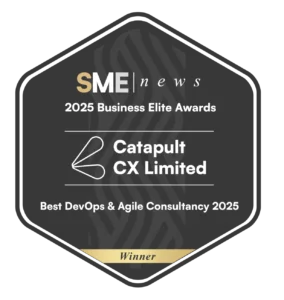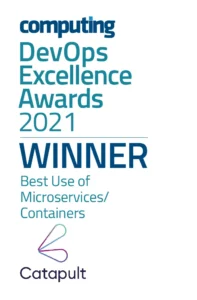Five years since Dr. Mik Kersten wrote Project To Product: How to Survive and Thrive in the Age of Digital Disruption with the Flow Framework, more companies around the world are making the decision to move from waterfall implementation methods and towards Agile. However, financial management is yet to catch up, with many organisations still using project-based modelling to allocate budget and resources. Here Louise Cermak, Principal Consultant at Agile specialist Catapult, explains how businesses can manage their financials in an Agile environment.
There is a fundamental mismatch between Agile software development and traditional cost accounting. Traditional cost centre planning, which is found in many waterfall-based organisations, uses long horizon planning, values planning accuracy and leaves little room for flexibility. Traditional budgeting also relies on mid-to-long term expectations and financial estimates, backed up by rigid approval limits that can create project delays.
Aligning both project and financial management in the Agile age can help businesses adapt to shifting customer and project demands. In a 2022 Accenture survey of 25,000 global consumers, 60 per cent of respondents said their priorities are changing based on global events. Companies must be able to adjust budgets to align with these priorities, which involves repositioning teams to meet business outcomes and embracing new mindsets throughout the organisation.
Organising teams
Financial planning in an Agile world means managing team capacity rather than tracking projects at the granular level. This makes it easier to model costs almost entirely on agreed capacity. Before readjusting budgets and actuals, it is important to organise teams around established capabilities with well-defined business outcomes. Meanwhile, funding in traditional team structures is often siloed, limiting team value generation.
When forecasting capacity, focus on the roles and skills needed to meet team objectives. Continuing to focus on the individual actions of a team — tracking where they move, their rates and hours — is a sure-fire way to lose sight of team-level capacity and will hit employee engagement. Time tracking at the granular level is inefficient and takes capacity away from value creation. Instead, look at the current roles and skills to get an accurate picture of team capacity so that you can use this data to upskill the team and increase value generation.
It is also good practice to train and build teams of T-shaped employees with specialised knowledge and skills in a particular area combined with the desire and ability to apply this across different disciplines. A T-shaped team can help protect financial capacity by reducing inefficiencies. For example, installing a tech lead to manage the team can help remove the need for a separate scrum master, improving efficiency and reducing added costs.
Managing risk
When traditionally estimating project work, it is best practice to include a contingency based on associated risks. The same principle applies when using a capacity-estimating financial model — always leave room for mistakes, directional changes and multiple software product iterations.
The move from a fixed-price-fixed-outcome model can be daunting but working with a dedicated consultant partner like Catapult can help you manage the risk and speed of delivery. The partner will make sure the target outcome is achieved, and that the order of development flows flexibly based on prioritised backlogs.
Remember, you don’t need fixed requirements-based projects to deliver value. What you need is a team that can deliver business outcomes on an Agile and iterative basis. For example, completing a minimum viable product (MVP) and basic iterative changes is possible in the first three months of a project, so this could be set as a target outcome before moving on to the next stage of development.
The world of software development is an Agile place, which means businesses must reassess how they manage their finance and resources accordingly. While this can be a daunting change in approach, long-term it can pay dividends by allowing companies to adapt to changing customer demand, evaluate capacity more accurately and reallocate resource when needed.
For advice on adopting an Agile finance model in your business, contact our consultants at Catapult.
























